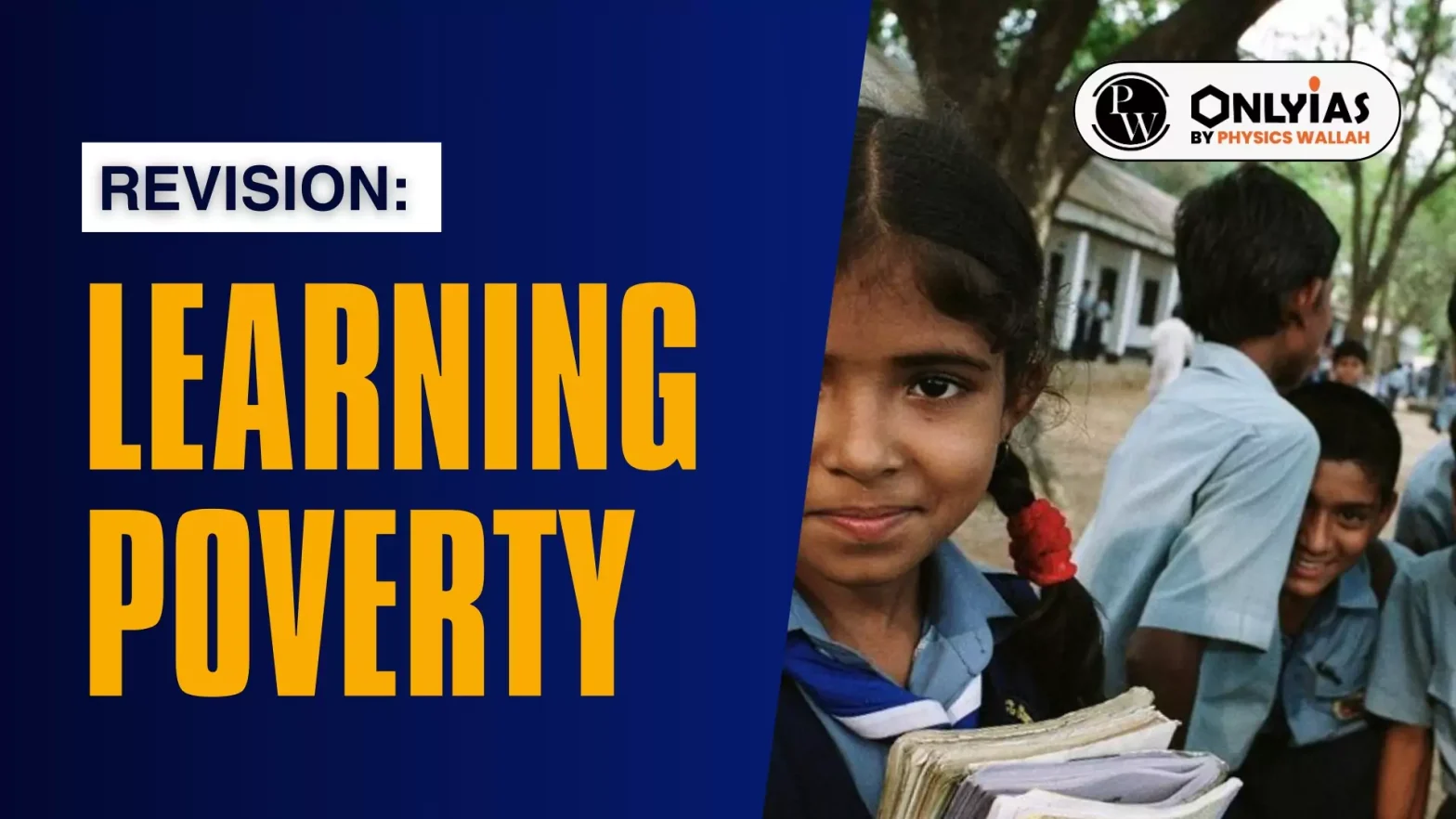Definition of Learning Poverty
Learning Poverty refers to the inability of children to read and comprehend a simple text by the age of 10, combining indicators of schooling and learning. This concept highlights the crucial role of reading proficiency in overall educational development, akin to how the absence of child stunting signifies healthy physical growth.
Importance of Eliminating Learning Poverty
- Poverty Reduction: Addressing learning poverty is vital for eradicating poverty and fostering shared prosperity within communities.
- Improving Learning Outcomes: Without significant intervention, it is projected that 43% of 10-year-olds may be unable to read by 2030. Poor learning outcomes raise concerns about the integrity of educational processes, as many students may pass without truly grasping content. Instilling critical thinking is essential for their future success and the nation’s progress, contributing positively to the economy.
- Achieving SDG Goals: Eliminating learning poverty is necessary for achieving Sustainable Development Goal (SDG) 4, which aims to ensure inclusive and equitable quality education for all.
- Increasing Productivity: The learning crisis adversely affects future workforces and economic competitiveness, ultimately leading to decreased global productivity.
Check Out UPSC Modules From PW Store
Reasons for Increased Learning Poverty
- School Closures: The pandemic-induced school closures and the transition to online learning have exacerbated learning poverty, causing significant setbacks for students.
- Poor School Systems: Inadequate educational systems fail to support comprehensive learning due to merged classes, and insufficient study materials. The absence of adequately trained teachers and the use of ineffective teaching methodologies also adversely impact learning outcomes.
- Dropouts: Many children worldwide lack proficient reading skills, largely due to high dropout rates from schools.
- Economic Decline: Economic downturns often push students from private to government schools, widening the quality gap in education.
- Poor Study Material: Ineffective textbooks and learning resources hinder students’ educational potential.
- Malnutrition: Poor nutrition and unhealthy living environments significantly contribute to learning poverty.
![]() 1 Oct 2024
1 Oct 2024

